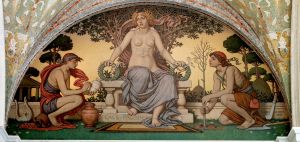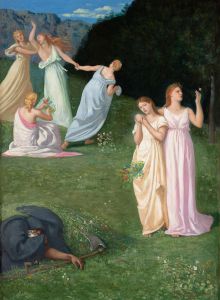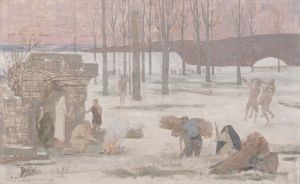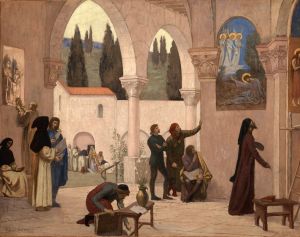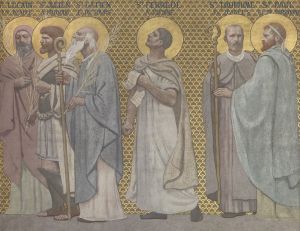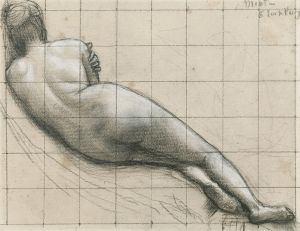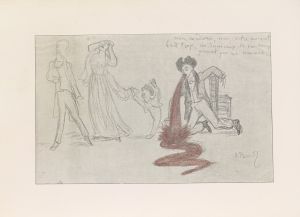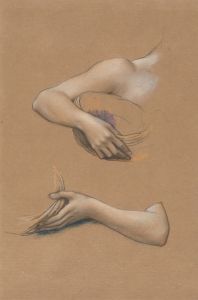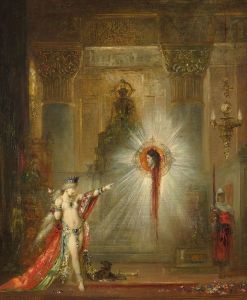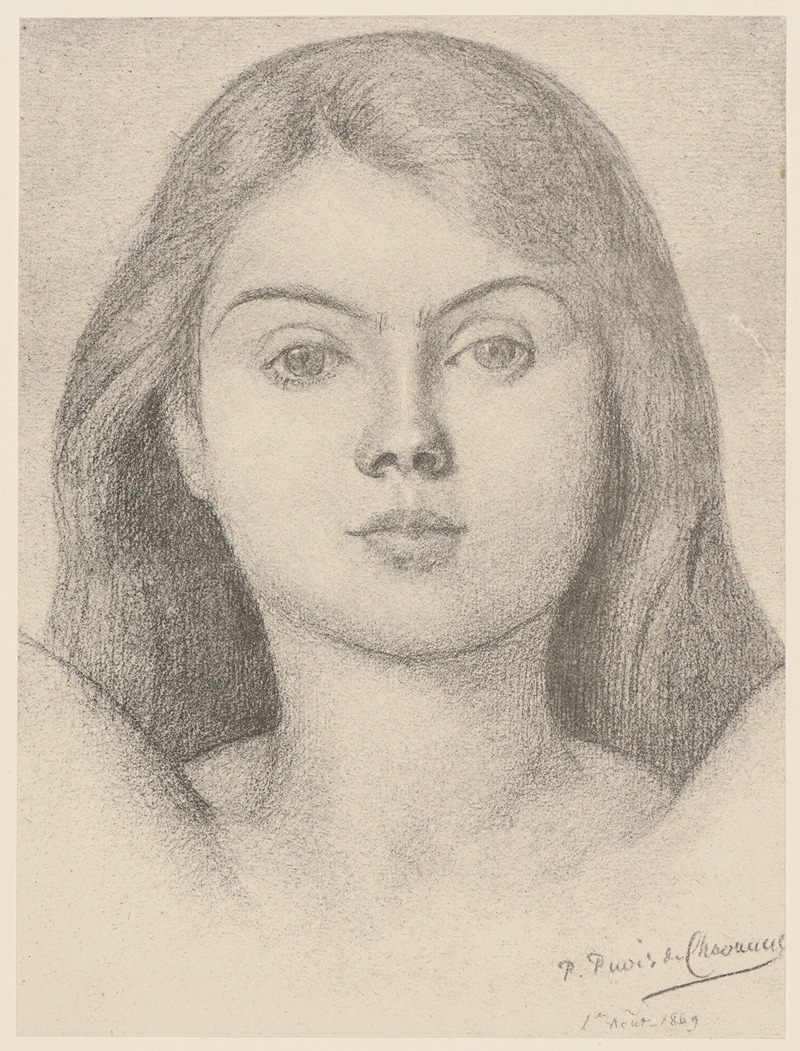
L’Espérance
A hand-painted replica of Pierre Puvis de Chavannes’s masterpiece L’Espérance, meticulously crafted by professional artists to capture the true essence of the original. Each piece is created with museum-quality canvas and rare mineral pigments, carefully painted by experienced artists with delicate brushstrokes and rich, layered colors to perfectly recreate the texture of the original artwork. Unlike machine-printed reproductions, this hand-painted version brings the painting to life, infused with the artist’s emotions and skill in every stroke. Whether for personal collection or home decoration, it instantly elevates the artistic atmosphere of any space.
Pierre Puvis de Chavannes was a notable French painter of the 19th century, renowned for his unique style and contribution to Symbolism. One of his works, "L’Espérance" (Hope), exemplifies his approach to art, characterized by its serene and contemplative nature.
"L’Espérance" was created in 1872, during a period when Puvis de Chavannes was gaining recognition for his large-scale murals and allegorical paintings. This particular work is an oil on canvas and reflects the artist's interest in themes of hope and renewal, which were prevalent in his oeuvre. The painting is known for its subdued color palette and the ethereal quality of its figures, which are hallmarks of Puvis de Chavannes' style.
The composition of "L’Espérance" is simple yet profound. It features a solitary female figure, often interpreted as an allegorical representation of Hope. She is depicted in a tranquil landscape, which enhances the sense of calm and introspection. The figure's pose and expression convey a sense of quiet optimism, inviting viewers to reflect on the concept of hope in their own lives. The background is typically minimalist, allowing the viewer to focus on the central figure and the emotions she embodies.
Puvis de Chavannes' technique in "L’Espérance" is notable for its use of flat, matte colors and a lack of sharp outlines, which gives the painting a dreamlike quality. This approach was somewhat unconventional at the time, as it diverged from the highly detailed and polished style that was popular in academic art circles. Instead, Puvis de Chavannes sought to evoke an emotional response through simplicity and subtlety, a method that would later influence Symbolist and modernist artists.
The painting was created during a tumultuous period in French history, shortly after the Franco-Prussian War and the Paris Commune. This context may have influenced Puvis de Chavannes' choice of subject matter, as themes of hope and renewal would have resonated with a society recovering from conflict and upheaval. However, Puvis de Chavannes was known for his timeless and universal themes, which often transcended specific historical events.
"L’Espérance" is part of a broader body of work by Puvis de Chavannes that explores allegorical themes. His paintings often feature idealized figures set in harmonious landscapes, reflecting his belief in the power of art to convey moral and philosophical ideas. While "L’Espérance" is not as widely known as some of his larger murals, it remains an important example of his artistic vision and his contribution to the development of modern art.
Today, Puvis de Chavannes is recognized as a precursor to the Symbolist movement, and his influence can be seen in the works of later artists such as Paul Gauguin and the Nabis. "L’Espérance," with its serene beauty and contemplative theme, continues to be appreciated for its artistic and historical significance, embodying the enduring power of hope in art.





